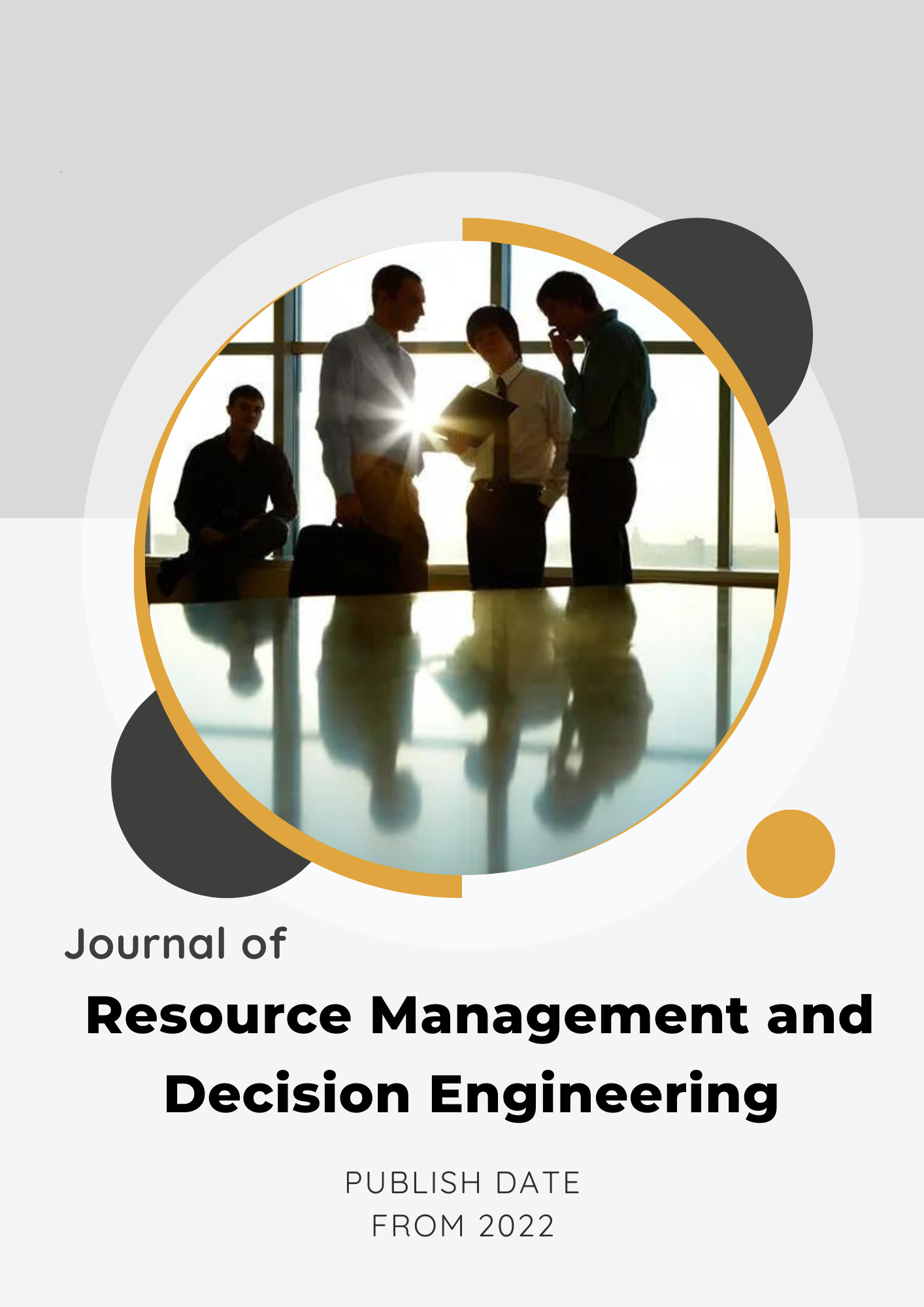Decision-Making Processes in Resource Management: Lessons from the Agriculture Sector
Keywords:
Resource Management, Agriculture Sector, Decision-Making, Sustainability, Technological Adoption, Economic Factors, Environmental Factors, Policy Barriers, Community EngagementAbstract
This study aims to explore the decision-making processes in resource management within the agriculture sector. By examining the factors influencing these decisions, the strategies employed, the challenges faced, and the role of external influences, this research seeks to provide a comprehensive understanding of how different stakeholders navigate the complexities of resource management. The study employs a qualitative research design, utilizing semi-structured interviews to collect data from 19 participants, including farmers, agricultural managers, and policymakers. Theoretical saturation was achieved to ensure the robustness of the findings. Data were analyzed using NVivo software, which facilitated the organization, coding, and thematic analysis of the interview transcripts. Ethical considerations were adhered to, ensuring informed consent and confidentiality for all participants. The findings highlight several key factors influencing resource management decisions: economic factors such as cost-benefit analysis and access to credit; environmental factors including soil health and water availability; social factors like community support and family involvement; technological factors such as precision farming and data analytics; and regulatory factors including compliance costs and subsidies. Decision strategies identified include effective resource allocation, risk management, sustainability practices, technology adoption, collaborative approaches, and innovation strategies. Challenges such as financial constraints, climate change, market uncertainty, labor shortages, and policy barriers were prominent. External influences like government policies, market trends, technological advances, stakeholder pressure, global trade dynamics, community expectations, and educational outreach also played significant roles. This study underscores the complexity and multifaceted nature of decision-making processes in resource management within the agriculture sector. Effective strategies and adaptive practices are essential to address the challenges and leverage the opportunities in this field. Future research should include larger, more diverse samples and consider the perspectives of various stakeholders. Practical recommendations include supportive regulatory frameworks, risk management strategies, investment in training programs, and community engagement to foster sustainable resource management practices.
Downloads
Additional Files
Published
Issue
Section
License

This work is licensed under a Creative Commons Attribution-NonCommercial 4.0 International License.










